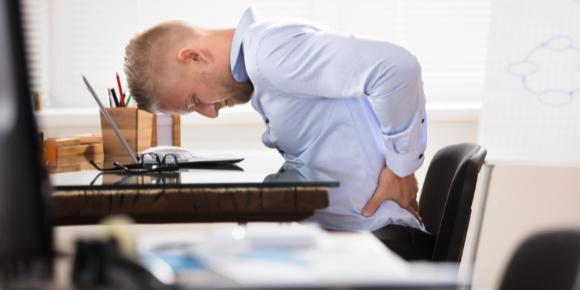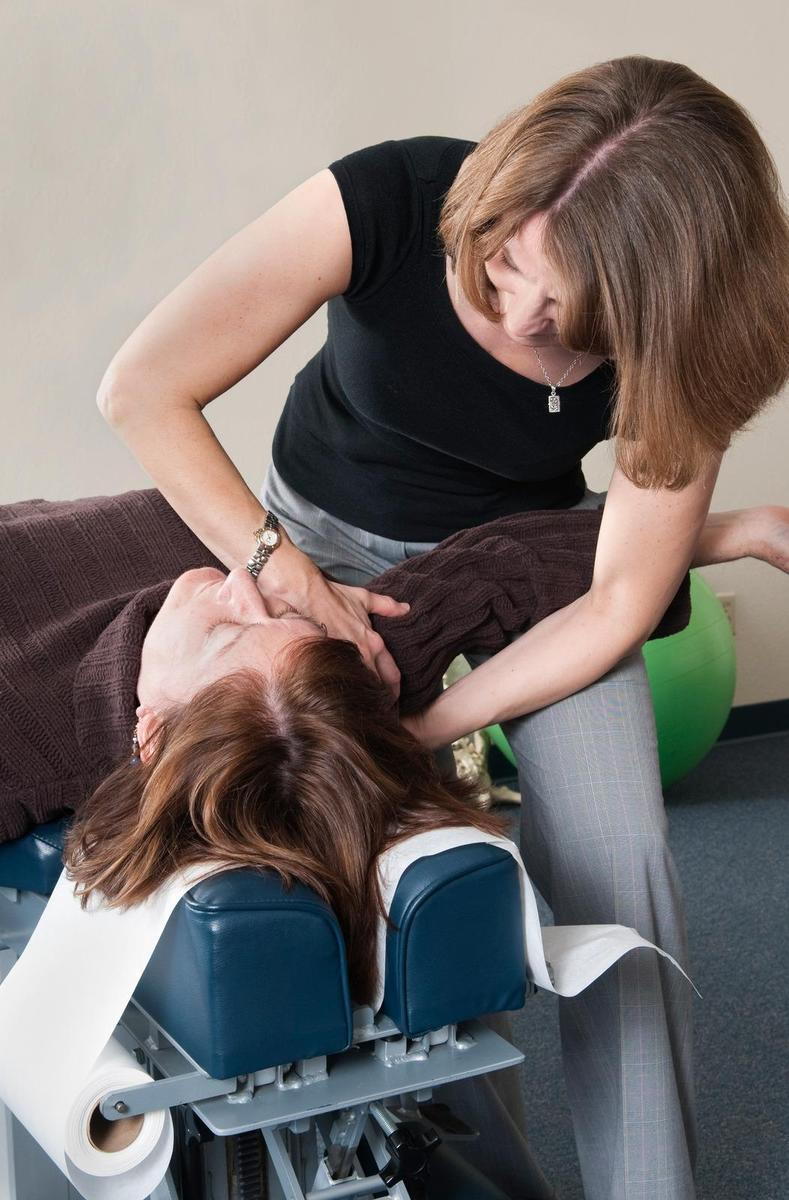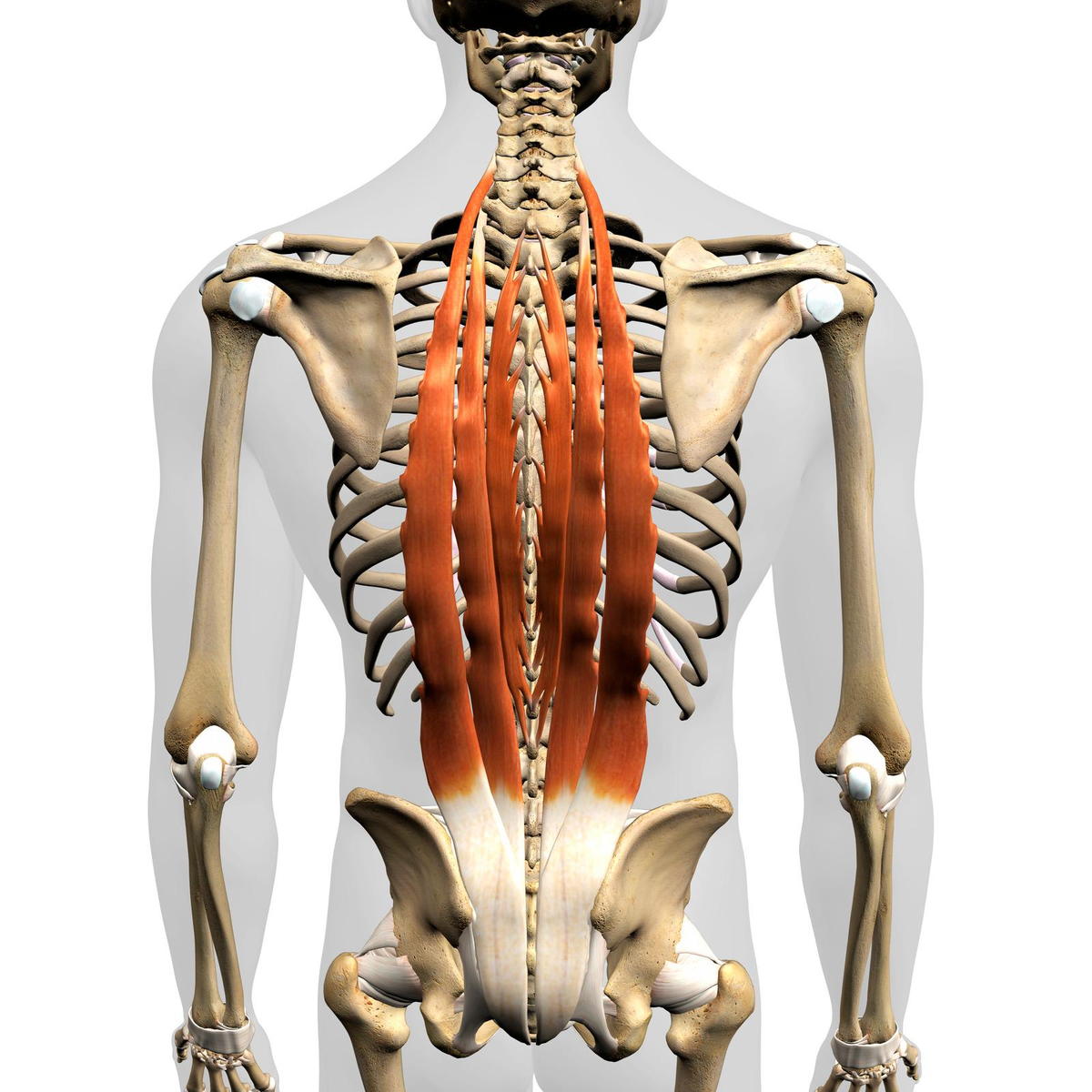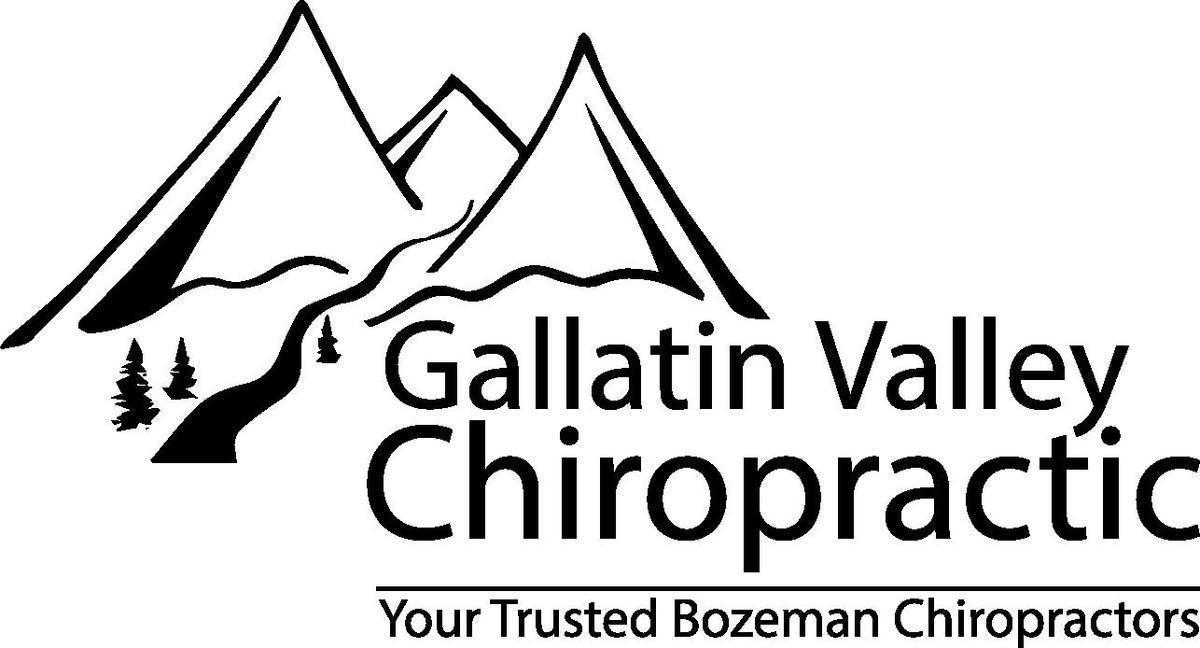How do you Treat Low Back Pain with Active Release Technique- Bozeman Chiropractor
posted: Apr. 04, 2022.

First off, what is Active Release Technique?
Active Release Technique or ART is described as a hands-on, soft tissue technique that is used to correct changes in tissues that are injured, painful, or have a decrease in motion. Tissues will often become fibrotic, tense and even develop adhesions that prevent normal motion, often resulting in pain. This happens due to trauma, repetitive use, or movement discrepancies.

Active Release Technique is performed by having the clinician use a specific protocol to pin-point which tissues are abnormal, followed by the application of pressure over the affected area, and lastly having the patient actively move the tissue from a shortened to lengthened position.
How Does One Area of the Back Affect Another Area? 
Instead of diving into the anatomy that makes up the human body, we will look at this a different way.
Let's look at the musculature of the back. Imagine having one, single, long muscle that traveled from the back of your head down to the back of your feet. Now imagine if there was a spot right in the middle of that muscle that couldn't move.
How does that affect the top and bottom of that muscle?
The top and bottom of the muscle would have to stretch more to compensate, leading to more strain on those areas. This is essentially what can happen to the back.
You don't have one long, continuous muscle that runs from the head to the feet, but... break that long muscle up into muscle groups, forming a chain of muscles (such as your traps, latissimus dorsi, spinal erectors etc.) and you have a normal human back. The muscles and connective tissue can be thought of as links that make up a chain, if there is immobility in one area, the other areas have to work harder.
This leads to altered movement patterns, potentially resulting in injury and pain!
Why Do I Get Low Back Pain?
Thinking back to the idea that tissues are dependent on each other, similar to links making up a chain. It is important to note that this concept can be applied to a number of different muscles on all areas of the body. For this blog let's focus on the muscles of the posterior chain (muscles on the back of the head/neck down to the back of the feet).
Most activities of daily living require some form of movement from the hips, whether its squatting down, picking something up or even simply sitting.
- For example, if you attempt to pick something up and your hamstrings and glutes are immobile or tight, the link above the immobile tissues (the low back) has to compensate and move more! Leading to unnecessary strain on the low back and can result in painful, inflamed tissues from repetitive stress.
How Active Release Technique with Chiropractic Care Can Help the Low Back
As discussed earlier, Active Release Technique is designed to pinpoint the areas that are fibrotic, tense and painful. Once identified, the clinician will encourage proper movement while applying pressure to the area, in an attempt to release those tissues that are causing pain and preventing proper movement. The great thing about using ART with this approach to treatment, is that it looks at the body as a whole, getting to the root cause of the pain or dysfunction, not only treating the painful regions.
As most people know, muscle attaches bone to bone. Therefor prior to receiving Active Release which focuses on the soft tissues, it is extremely beneficial to get adjusted from a licensed chiropractor to ensure that the joint's themselves are moving properly. Come see our full body ART certified doctor, Dr. Clay Winters and allow him to get to the root of what is causing you pain.
Call us: 406-551-2177
Schedule online at: https://appointments.mychirotouch.com/?clinic=GVCL0001
